
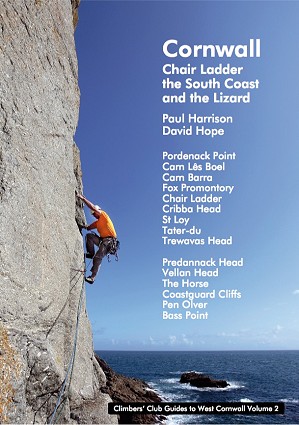
As a quick recap, I was mightily impressed with Volume 1: "The strong combination of a high quantity and high quality of action shots and superb topos means it has not only done the classic crags justice, but given the more minor crags the time and space they deserve - hopefully encouraging people to go off the beaten track a little more" (click here to read the full review). As such I had high hopes for Volume 2, but was equally conscious that expectation can be a dangerous thing - more than once before I've had high hopes dashed! In these circumstances my hopes were doubly high, as one of the guide's primary authors - Paul Harrison - produced one of my all-time favourite guides (Lundy, also by the Climbers Club). So with the weight of expectation at boiling point I opened the pages and was pleasantly surprised.
Firstly, I am happy to say that the quality throughout is very much on a par with Volume 1. Format-wise very little has changed, which is good for two reasons: firstly, because it was a good format and secondly, because it means they work well together, as a series, as they should do. The A5 size, which I now no longer feel the need to justify (hopefully the debate on that has now moved on) allows for larger and thus clearer topos, but not only that - they're all the more inspiring as a result. To coin a somewhat hyperbolic phrase: one could say they were immersive. Too far? Maybe not, when you compare it to the previous edition! A final quirk of the guide at hand is that it is split into two sections - Chair Ladder and the South Cost being one, and the Lizard the other - each with separate histories and indexes. Whilst I applaud the abundance of history, I think the indexes would have been better combined. But it isn't too much of an issue when you know where to look.

The full page topos lend themselves to the larger and more complex crags such as Chair Ladder, where the general scale of the crag is that bit greater. Smaller and more space efficient topos have been used for many of the other crags, but bear in mind that even the smaller topos are larger than the dimensions of the whole of the previous guide - as such they're not that small, they're actually quite big! There is only one double page spread topo, the inclusion of which I'd say was a little out of keeping (being that it's the only one). I am glad there is only one, as they inevitably lose a lot of space to the centrefold. The double page spreads that I do like (a lot) are the title pages for the various key crags throughout the area. These really seek to showcase what is so good about Cornish climbing (more so than the cover shot manages to, which I'll come onto later), with an abundance of golden granite, azure seas, bright white horses, and cloudless skies. Each one makes me desperately want to visit the area, but with so many good areas, which to choose? This feature is particularly of interest on The Lizard, where it brings to light some crags and routes that would otherwise have been reserved for the more esoteric end of the spectrum.
Nb. special mention needs to go to Tom Last, Simon Cardy, Mike Hutton, Tony Sawbridge, James Mann and Don Sergeant, who have some of the greatest photographic hits throughout the guide.
In keeping with my review of Volume 1 I'll move onto the matter of what's actually new routes-wise, albeit with a slight twist. The thing with this volume - and climbers in general - is that most who visit this particular area are likely only ever to visit Chair Ladder. As such, it's not just about newly developed cliffs for long time devotees of the area, it's about opening the eyes of those first time visitors to other areas too. Giving the likes of Pordenack Point, Carn Barra, Fox Promontory, Cribba Head and St. Loy a major overhaul has - I hope - increased the chances of people going there. For me the area of greatest interest was Basher's Harbour, as this wasn't even on my radar before - and now it firmly is! Of course there's still one major area that I haven't mentioned: The Lizard. This is where a lot of the new development has been - not just new routes, but entirely new crags and sectors across a wide variety of grades from Moderate to E6.
When it comes to the Lizard, one negative I could draw from my armchair is that a lot of the routes do look...how do I put it...crap... Maybe I'm being unfair and perhaps they're amazing, but from the outside looking in it looks like a whole load of first ascents that are very unlikely to receive a second. Perhaps this is a sign of the definitive guidebook times, with a balance needing to be struck in between what to include, but also - dare I say it - what not to include? This is undoubtedly a contentious viewpoint, but with more and more routes being put up the wheat does need to be separated from the chaff, and in the case of the guide at hand there appears to be a lot of chaff located on the Lizard.
Rob's Cornwall 'to-do' list...
- Sort my act out and visit Paradise Wall at Carn Les Boel (I've been meaning to for ages)
- Re-visit Chair Ladder, last visit in 2005 when I climbed South Face Direct - been meaning to return ever since
- Track down Bermuda Wall at Pedn-men-an-mere, because a) I've never heard of it and b) it looks amazing
- Return to Cribba Head for another attempt on Lovely, Lovely, Lovely, but without the foreign maniac in tow
- Explore the mysteries of Basher's Harbour
There have been a lot of positives so far: so where's the counterbalancing negative? Whilst they say it's wrong to judge a book by its cover, we all do so. The cover shot in question rankles me for a number of reasons. Compared to all the good shots in the guide that scream Cornish, this one doesn't seem to scream anything at all - it could be Pembroke for all you can tell. Whilst some have had issue with the list of crags featuring on the cover, I have not, as I think it can be done sympathetically alongside the right image; but this is not the right image. One final kick in the teeth is the change from the extremely classy matt finish of Volume 1 to a cheaper feeling gloss finish. All-in-all the cover leaves me feeling a little disappointed, but it is - lest we forget - merely the cover; the contents are really what a guidebook is all about, so maybe we should leave it at that and go climbing…
Overall
A worthy follow-up to Volume 1, ticking all the boxes with clear topos, good descriptions, inspirational photographs, and a whole host of crags that will appeal to both the honey pot hero and the esoteric eccentric.
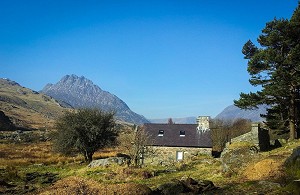
The club owns some of the best hut accommodation in the country and is the biggest publisher of climbing guidebooks in the UK, issuing guides to North Wales, Pembroke, Cornwall, Devon, Lundy and Southern Sandstone. We also publish newsletters, and an annual journal.
Benefits of Membership
- Access to a network of potential climbing partners all over the country
- Regular meets throughout the year, in the UK and overseas
- Use of the CCs huts in Wales, Cornwall, Peak District and Scotland
- Reciprocal rights to other huts in the UK and overseas including USA, New Zealand, Kenya, and South Africa
- Two annual dinners and various other social events
- Discounted CC guidebooks from our on-line shop and Cordee




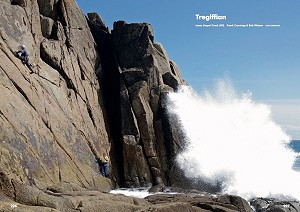

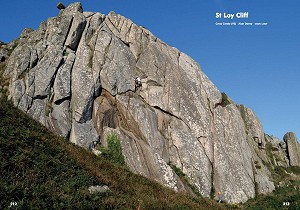
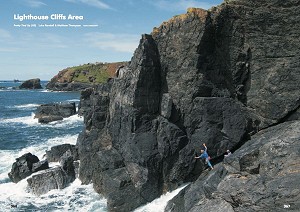












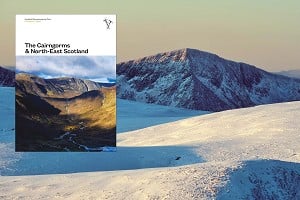
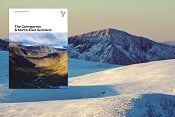
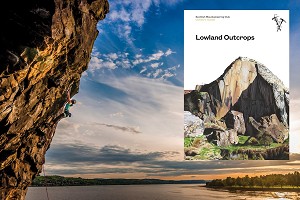
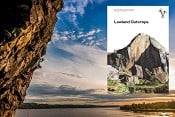
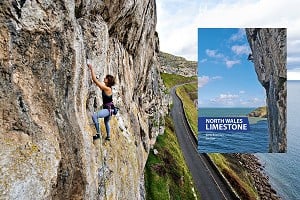
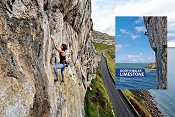
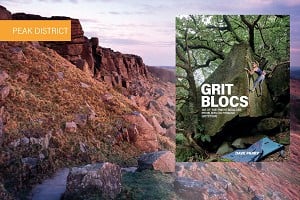
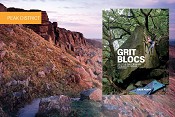
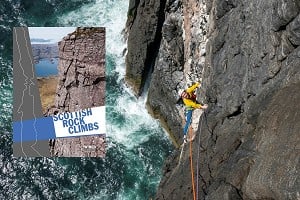
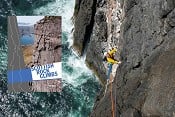
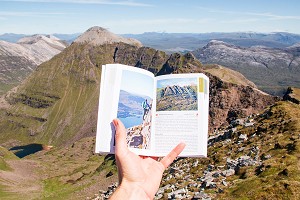
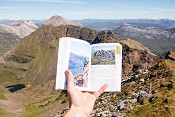
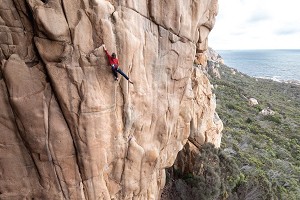
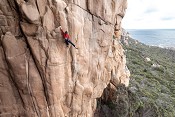
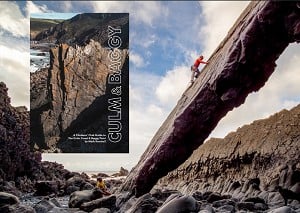
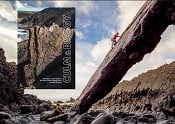
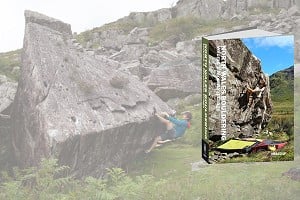
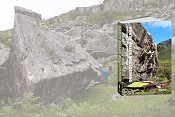
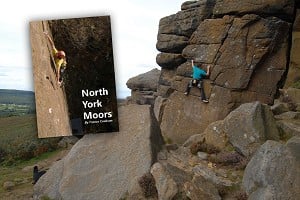
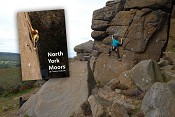
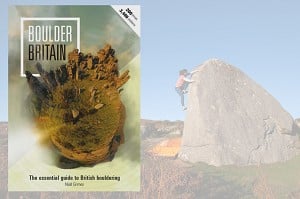
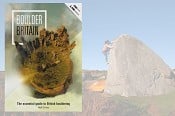

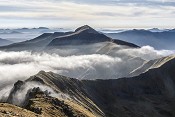
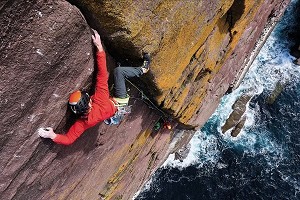
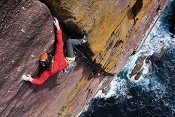
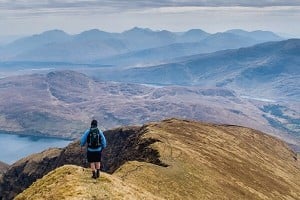
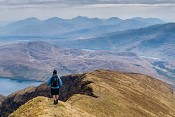
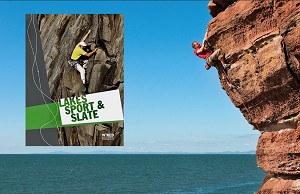
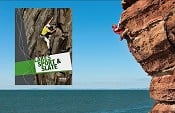
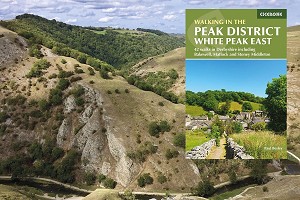

Comments
What you say at the end about matt vs gloss finish on the cover is interesting, Rob. I personally like the matt finish that is present on the new Scafell and Wasdale definitive, the Wired guides etc - though I expect this could just be because matt is hot right now (is anybody painting their walls with silk paint at the moment?).
However, from what I hear of sales figures, gloss finish covers sell guidebooks! So is there a difference in taste between a connoisseur such as yourself and the buying public?
Do you know if those sales figures are specifically for climbing guidebooks or for books as a whole? If it's the former, I'd imagine that they're likely skewed by Rockfax*; if it's the latter, I guess I'm not that surprised because, because as you say it could just be a difference in between the perceived desires of the minority vs. the actual desires of the masses (i.e. most people don't really care, won't read this review, and are unlikely to give more than a moments thought to what's on the cover - let alone its texture!).
Still, it's funny how limited edition prints + hardbacks tend to get a nice matt finish, which then becomes gloss once it's available in paperback, so there must be some sense of value to it.
*it'd be interesting to know Alan's reasoning for using gloss as opposed to matt, as I'm sure this is something he's thought about
So happy about these books; every time I'm climbing in Cornwall, I look at the old CC definitive guides and despair at how horrible they are to use, but there has undoubtably been so much love and effort go into those pages as I flick through the endless text pages and tiny line drawings. I've often wondered just how many beautiful secluded zawns go unnoticed to all but the most avid explorers willing to persevere with the CC nightmare guides and how great those books could be with a bit of the rockfax treatment.. and here they are <3
Gloss gives richer colours is the main reason. I always find matt photos on covers a little flat, so it is personal preference.
In guidebook sales, I am pretty sure the texture of the cover has zero impact on sales. The quality of the cover might have some influence but probably still not that much.
Now if you want to talk about size and thickness then definitely there is a substantial impact - big guides = bigger sales - simples, Sergei!
Alan
Will have to go and have a crack at South Post Direct. What kind of nick do you think it might be in?
James